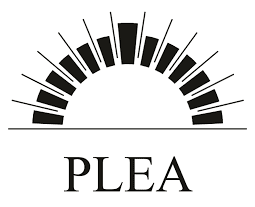Recent Government funding in the UK has enabled 22 low carbon community organisations to work with the private and academic sector to understand and reduce energy consumption in domestic and non-domestic buildings. This has helped communities prepare for policy mechanisms such as the national Green Deal programme which aims to improve existing housing and non-domestic buildings by offering up-front loans to be repaid by energy savings. This paper presents the role and application of a
unique carbon mapping approach, which has enabled five of these low carbon communities to rapidly assess on a house-by-house level, the potential for improving the energy efficiency of their housing stock. DECoRuM, an award-winning GIS-based carbon counting model is used to measure, model, map and manage energy use and CO2 emission reductions from approximately 1,300 houses across five communities, displaying estimates of energy use and carbon emissions before and after community action. Incremental packages of energy saving measures and low carbon technologies are assessed for their impact on CO2 emissions to reveal further potential for large-scale refurbishment in the local area. Eligibility for the Green Deal is tested to show that on average 72 per cent of homes over all communities are suitable for finance. Through community events, results are visualised and fed back to the householders using colour-coded spatial maps along with thermal imaging. Findings from this study are relevant for policy-making and practitioners engaged in area-based carbon reductions.
A quiet revolution: Mapping energy use in low carbon communities
This entry was posted in Conference Paper. Bookmark the permalink.

